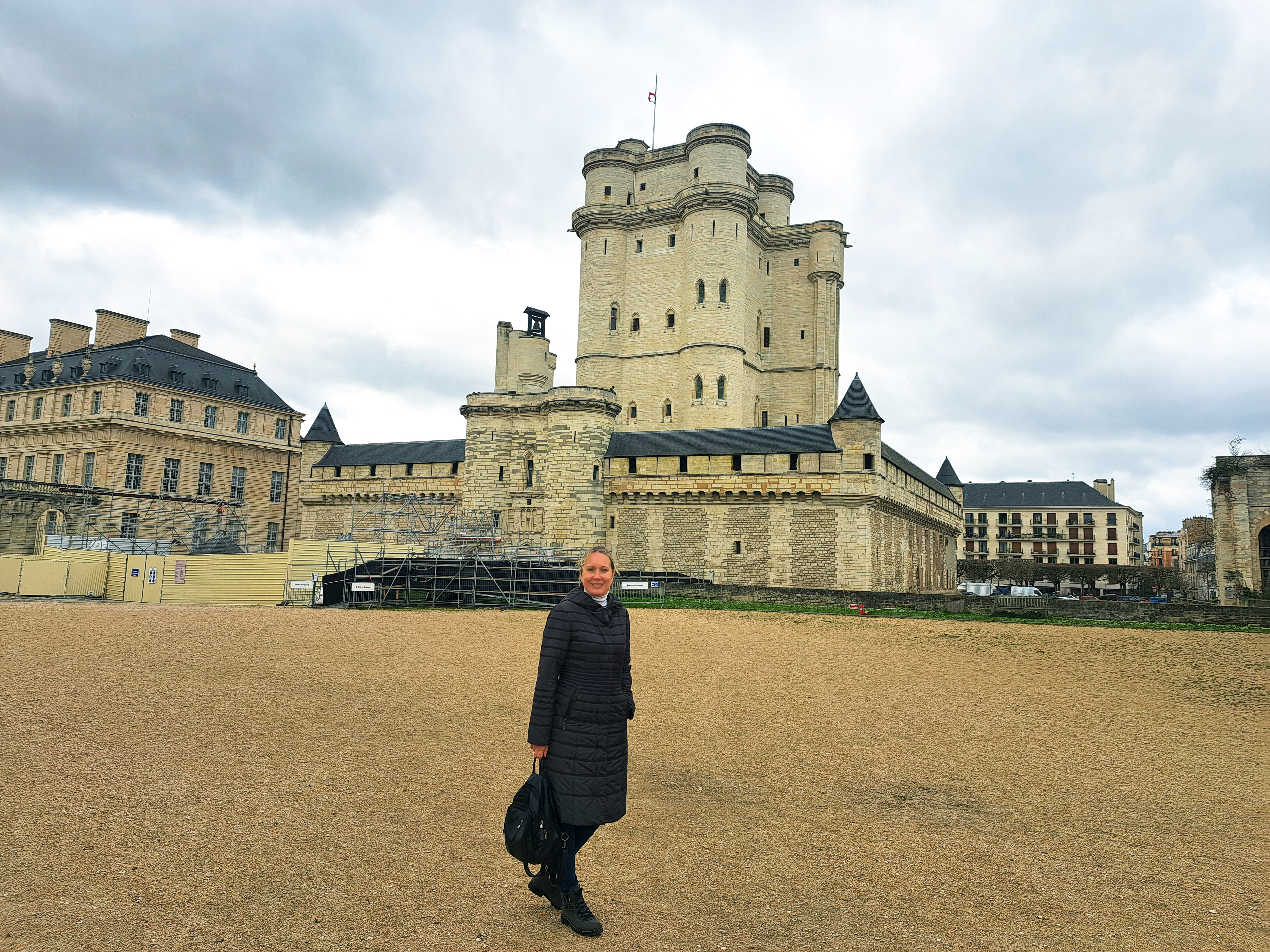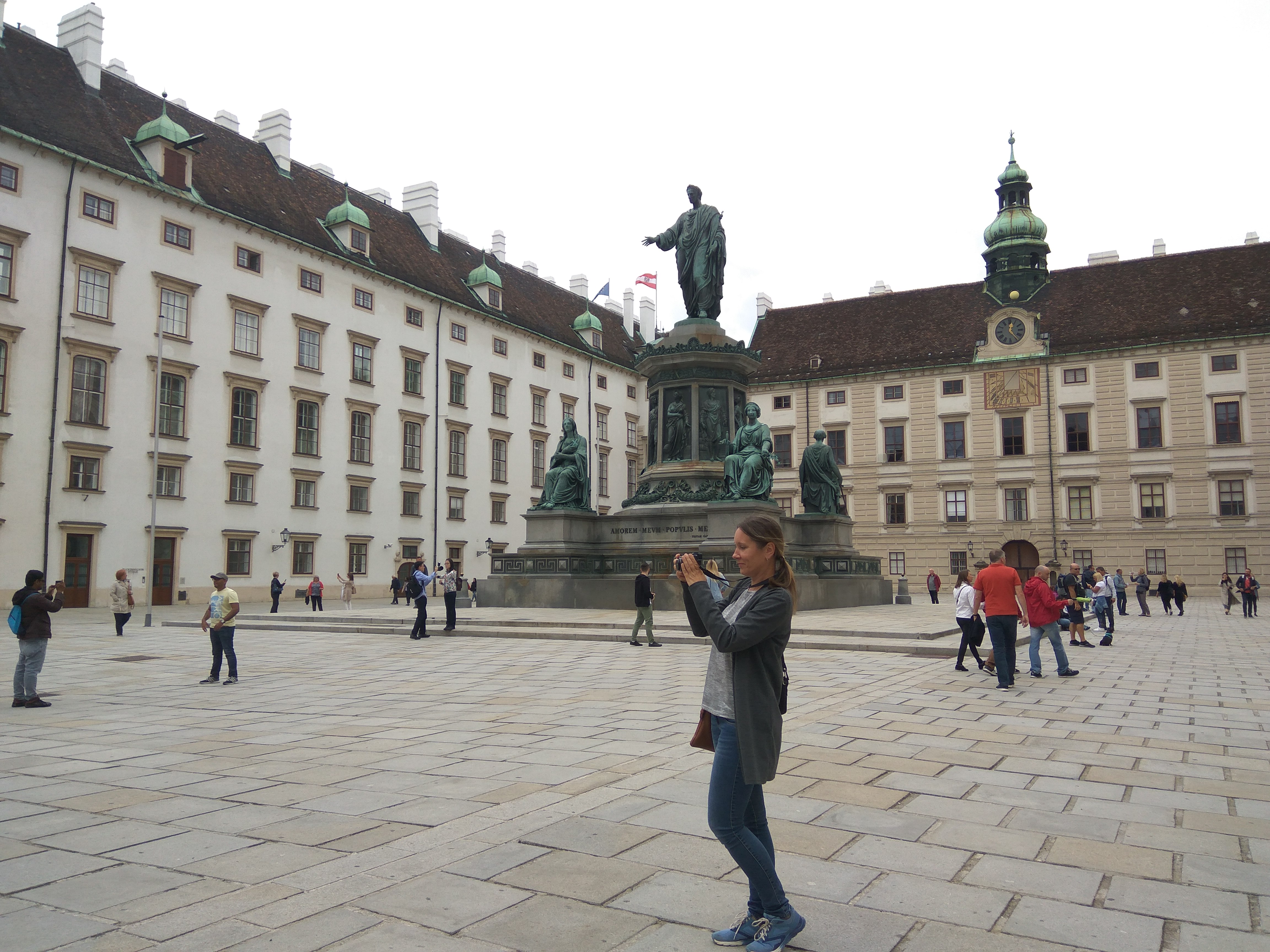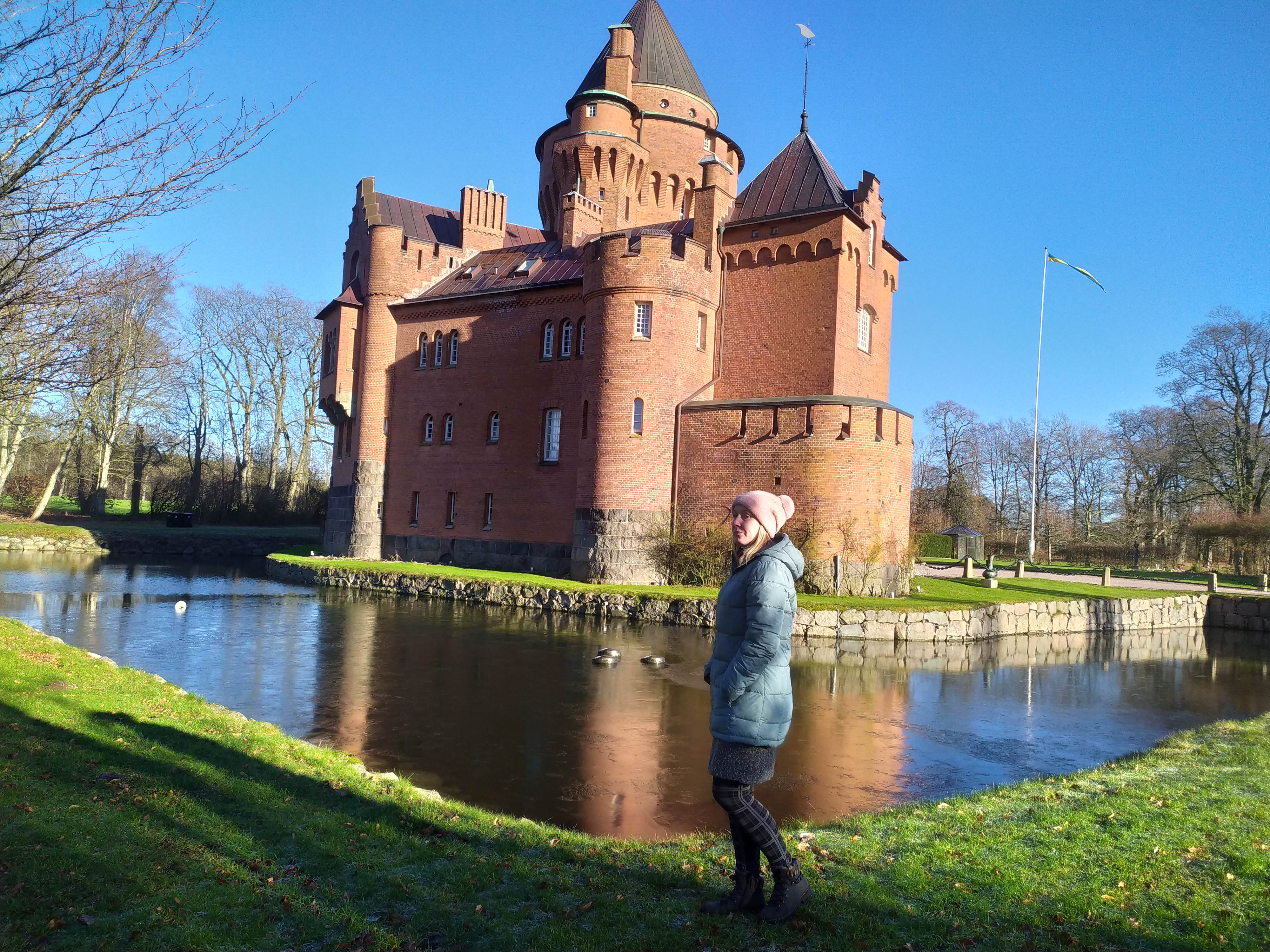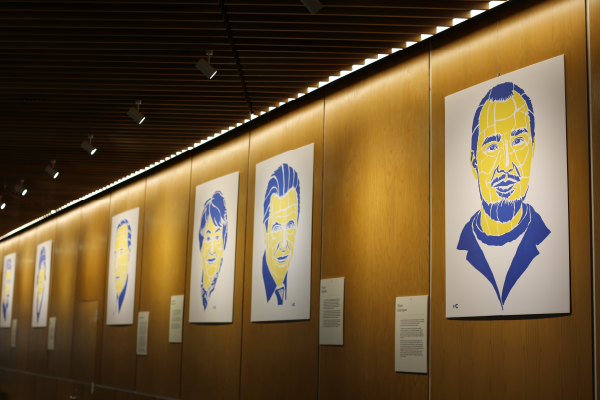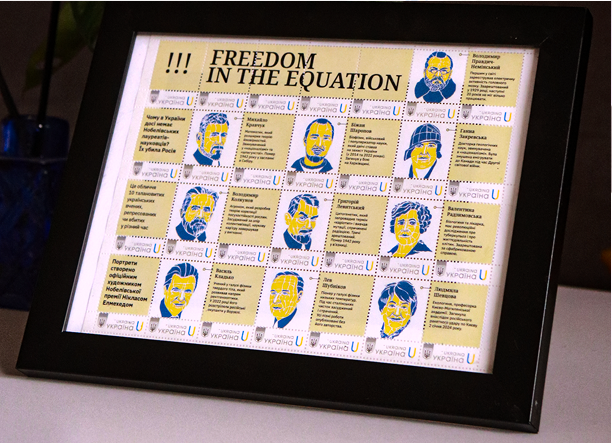

Post-crisis science recovery: Olena Zhukova's Blog
11.12.23
Olena Zhukova is a PhD of historical sciences specializing in museology and heritage studies. She works as a higher education quality expert in art and culture at National Agency of Higher Education Quality Assurance (NAHEQA) and cultural heritage expert at Ukrainian Cultural Foundation (UCF). Additionally, she manages the Center for Museology and Heritage Studies, curates exhibitions and oversees projects. In Science at Risk, she is trying to safeguard Ukraine's scientific system amid russian aggression.
The project goal is to identify what makes the scientific system resilient and capable of recovering. As someone researching the innovative potential of cultural heritage and multidimensional impacts of heritage investment for sustainable development, I find it personally important to assess the system's readiness for a post-crisis recovery.
In my research I rely on indicators to measure the impacts of heritage on cultural, social, and economic improvements. These indicators are developed by numerous researchers by comparing the results of heritage projects' impacts — 10, 20, or 40 projects from different countries. For example, when exploring ways to enhance the impact of archaeological heritage, we covered 26 projects across seven European countries. To understand how fortification heritage influences tourism, I spent six years studying around 80 castles in nine European countries.
This is how we provide an evidence base for sustainability policies that enables heritage investment decisions based on the full spectrum of benefits and costs.
Our team also brought in resilience indicators developed at the University of Canterbury (New Zealand), adapting them to Ukraine's unique circumstances and wartime scenarios. This familiar tool allowed us to analyse how military actions affect Ukraine's scientific system and its preparedness for such extraordinary situations.
The research methods include reviews of scientific literature and reports on innovation activities, analysis of relevant Ukrainian legislation, organization of group discussions and in-depth interviews with experts, and the analysis of specific cases. I was struck by the parallels between Science for Science (where scientists launched a scientific system preservation group) — focusing on innovation and reasons behind regional efficiency in recovery, and Heritage Science — my organisation, investigating why some heritage projects have a more significant impact on the local economy and well-being).
Another discovery for me was the speed at which scientific systems recover, especially under financial donor support. While acknowledging the irreplaceable losses of lives and departing colleagues, the military crisis acted as a catalyst for long-overdue changes.
The data obtained from respondents regarding the speed of scientific system recovery aligned with my own experience. At the beginning of the war, losing the team, grant funding, and initiated heritage projects made it seem like research and experimentation in heritage management had come to a halt. However, by the end of 2022, we received the first grant that partially allowed the reintegration of the staff, scattered across different locations and countries.
In 2023, our research center implemented two projects with foreign donor support, and the center's employees received individual grant funding for research. We have secured the funding for scientific research in Western Europe for 2024 with the support of our partners from Paderborn University. Remote collaboration became seamless, thanks to a high level of digitization.
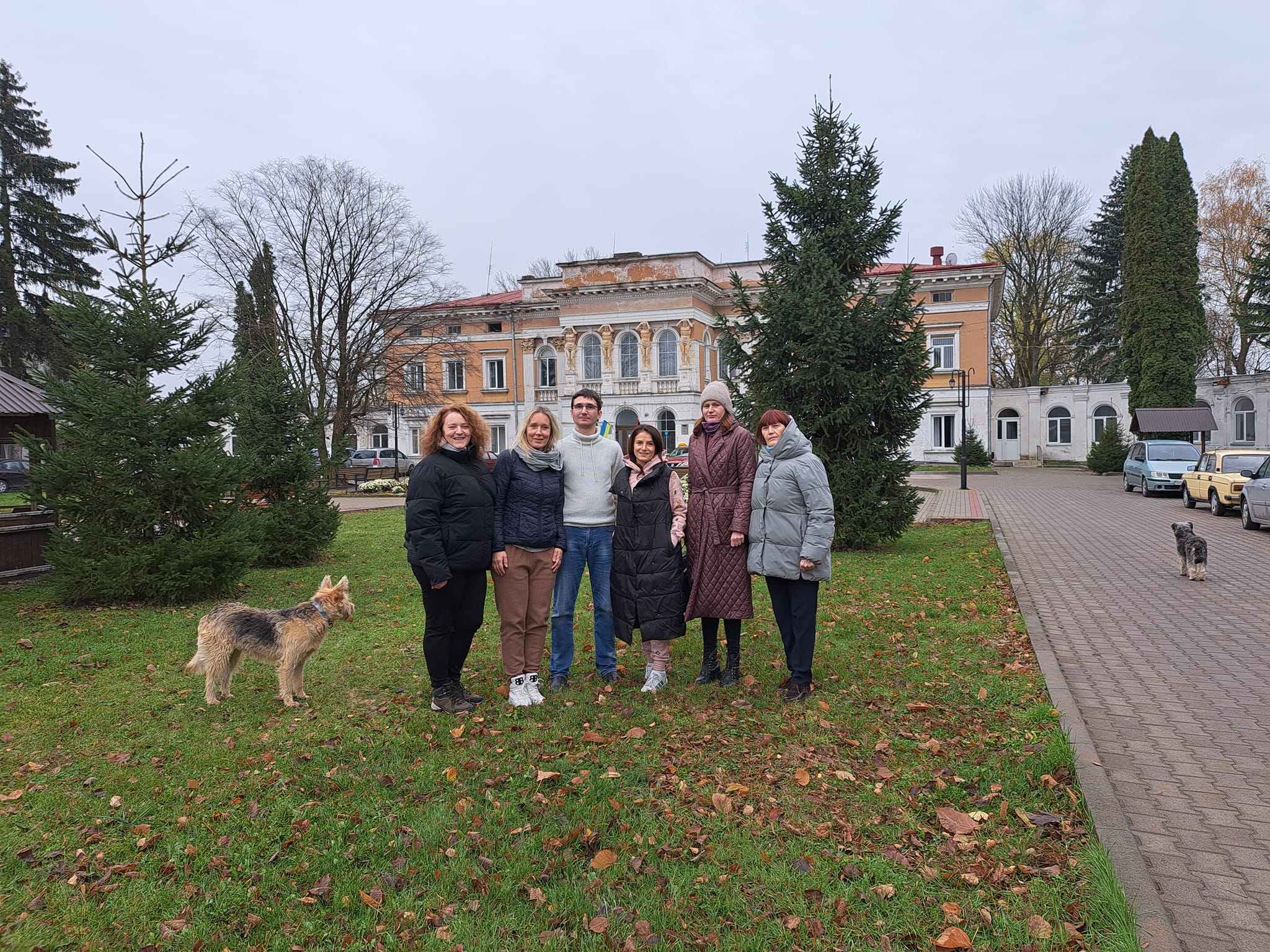
In essence, my personal experience aligns with her team's insights. They highlight the importance of organizational changes, global scientific integration, and factors influencing recovery speed during crisis situations in Ukraine.

